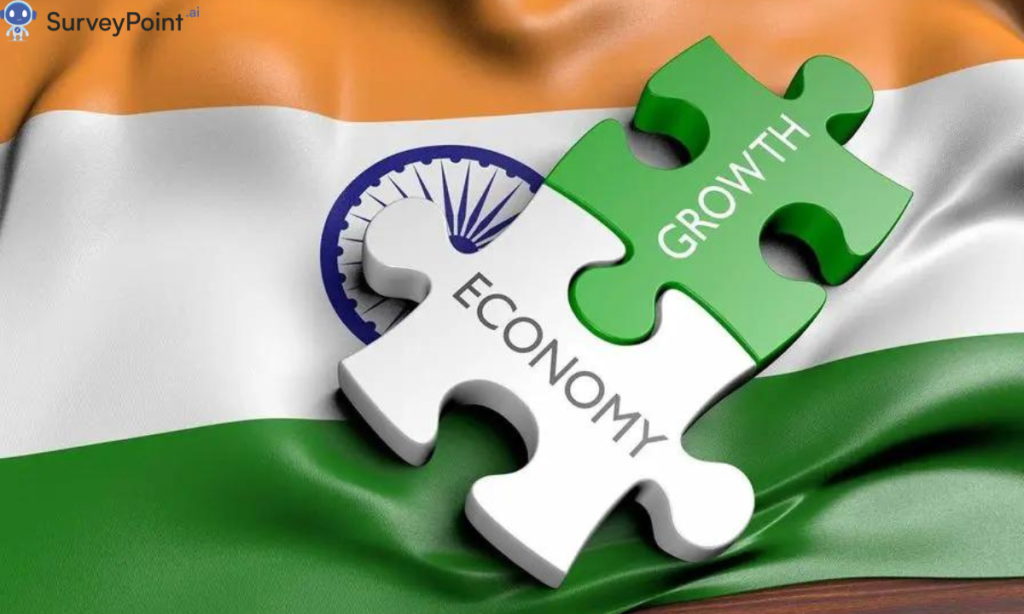
In a nation as diverse and populous as India, addressing poverty and socioeconomic inequality with policies is a critical imperative for sustainable development and inclusive growth. Over the years, the Indian government has implemented various policies and initiatives aimed at uplifting the poor and marginalized sections of society. In this blog, we’ll explore some of the key government policies designed to alleviate poverty in India and their impact on the lives of millions.
Mahatma Gandhi National Rural Employment Guarantee Act (MGNREGA)
The Mahatma Gandhi National Rural Employment Guarantee Act (MGNREGA), enacted in 2005, guarantees 100 days of wage employment in a financial year to rural households whose adult members volunteer to do unskilled manual work. MGNREGA aims to provide livelihood security and enhance the purchasing power of rural households, thereby reducing poverty and migration.
Pradhan Mantri Jan Dhan Yojana (PMJDY)
Launched in 2014, the Pradhan Mantri Jan Dhan Yojana (PMJDY) aims to provide universal access to banking facilities, including savings and deposit accounts, remittance, credit, insurance, and pension, to the unbanked population in India. PMJDY seeks to promote financial inclusion and empower the poor by providing them with access to formal banking services and government welfare schemes.
Pradhan Mantri Awas Yojana (PMAY)
The Pradhan Mantri Awas Yojana (PMAY), launched in 2015, aims to provide affordable housing to all eligible beneficiaries by 2022. Under PMAY, the government provides financial assistance in the form of interest subsidy on home loans, direct subsidy for construction, and beneficiary-led individual house construction or enhancement. PMAY seeks to address the housing needs of the urban and rural poor and promote inclusive urban development.
National Food Security Act (NFSA)
The National Food Security Act (NFSA), enacted in 2013, aims to ensure food and nutritional security by providing subsidized food grains to eligible beneficiaries through the Targeted Public Distribution System (TPDS). NFSA provides for the identification of priority households and Antyodaya Anna Yojana (AAY) households, who are entitled to receive food grains at subsidized prices, thereby addressing hunger and malnutrition among the poor and vulnerable sections of society.
Impact and Challenges
These government policies have had a significant impact on poverty alleviation and social welfare in India, helping millions of people access essential services and resources to improve their quality of life. However, challenges such as leakages, corruption, bureaucratic inefficiency, and inadequate implementation remain key hurdles in the effective delivery of welfare benefits to the intended beneficiaries.
Conclusion: Toward Inclusive Development
In conclusion, Indian government policies for poverty alleviation play a crucial role in promoting inclusive growth, reducing inequality, and empowering the poor and marginalized sections of society. By addressing the multifaceted dimensions of poverty through targeted interventions and social protection measures, India strives to build a more equitable and prosperous future for all its citizens. As we move forward, it is imperative to strengthen the implementation and monitoring mechanisms of these policies to ensure their effective delivery and maximize their impact on the lives of those in need. Together, we can work towards building a more inclusive and sustainable society where no one is left behind. For more information checkout- surveypoint.ai




